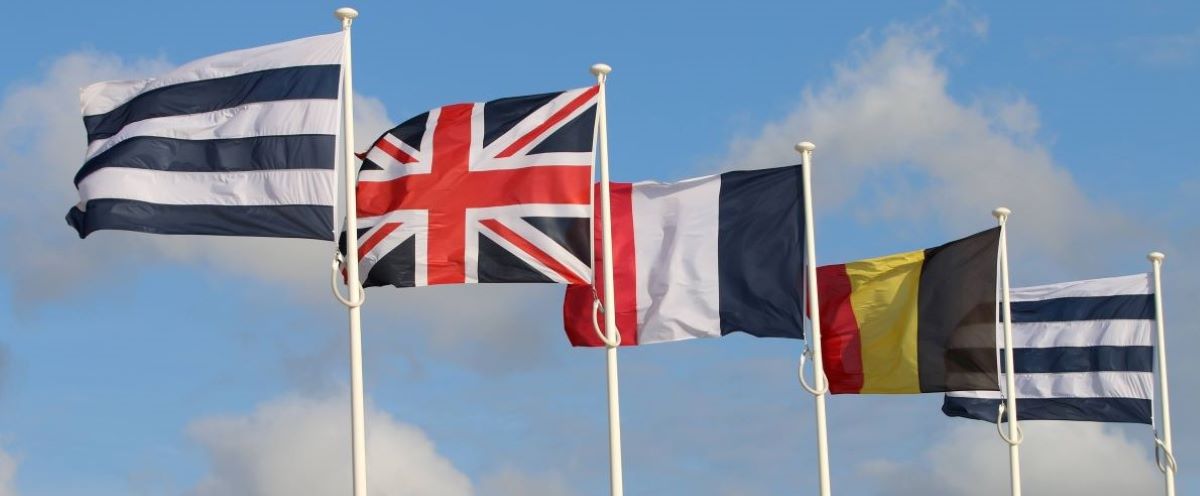BEGINNINGS
The athletes were welcome in a special audience of Pope Pius X who personally attended all different sporting events. The Holy Father wished that this Confederation should spread in the same way as the Church, so that we are all united in a single mind and a single heart, to the benefit of the same action’.
DEVELOPMENT OF ACTIVITIES
World War II caused profound changes in the world. When the peace arrived in 1945 the union had to start again but within a difficult situation. The separation of Europe into two camps caused the Catholic sports federations in the eastern bloc to be disbanded, and it was not until the fall of Berlin Wall, in 1989, and its political consequences, that some of the old federations could be welcomed back. This was the case of Poland, the Czech Republic and Slovakia. In 1947 the union was named “Fédération Internationale Catholique d’Education Physique” (F.I.C.E.P) and a few years later it was renamed into “Fédération Internationale Catholique d’Education Physique et sportive” though the initials F.I.C.E.P were retained. At the same time it was decided to open FICEP activities for women. A Women’s Commission was founded in the same year of 1947 whose first president was Thèrese EYQUEM (France). Since 2011 the FICEP has 13 member countries. Last Madagascar (FIHEZAMA) as well as Cameroon (Centre Sportif Camerounaise/CSC) and Romania in 2011 (Clubul Sportiv Roman/CSR) joined the FICEP.
FOUNDATION
By the initiative of Dr. Paul MICHAUX, president of the FGSPF (France) an International Gymnastics Competition – the Union Internationale des Oeuvres Catholique d’Education Physique (U.I.O.C.E.P.) – was founded in 1911. The new organisation was officially founded on December 13th 1913 in Rome. Its goals were to bring young Roman Catholic sportsmen together and to contribute, across frontiers, to the good relations between peoples and allow each of them to advertise the advantages and characteristics of their own country.
Under the chairmanship of Count Mario de CARPEGNA the Union included Alsace (a French region that had become part of Germany in 1871) Belgium, Luxembourg, Canada, France, Ireland, Italy, the Netherlands and Switzerland. The first important UIOCEP sporting event took place in Rome in 1913.

